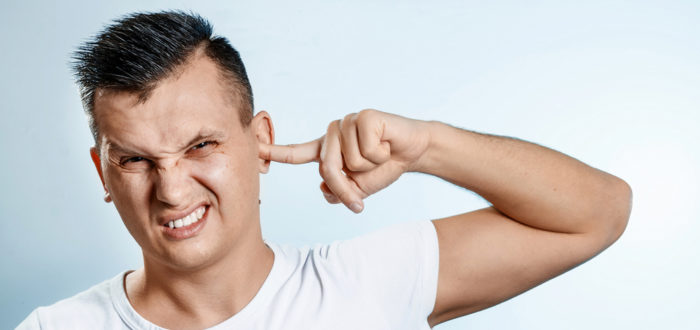Earwax is produced by your ears to help protect the ear canal from infection and water. This yellowish waxy substance, also known as cerumen, plays an important part in cleaning and protecting your ears.
In most cases, earwax will naturally work its way out of your ear canal and into the ear opening. In some cases, excess earwax can result in conductive hearing loss.
If you’re considering at-home earwax removal, it’s important to know how to do it correctly. If you suspect that you may be having a problem with earwax, book in an appointment with your local hearing care professional.
At-Home Earwax Removal
The American Academy of Otolaryngology (AAO) recommends that you leave your earwax alone unless it is causing problems or blocking your ear canal. If you feel that need to remove excess earwax, these 3 at-home earwax removal tips can help:
- Soften the wax. Use an ear dropper, like those you can find at a drugstore, and apply a few drops of one of the following in your ear canal:
- Baby oil
- Glycerin
- Mineral oil
- Hydrogen peroxide
- Use warm water. Once the wax has softened (this will take a day or two), use a rubber-bulb syringe and gently squirt warm water into your ear canal. Tilt your head, and gently pull your outer ear up and back to straighten your ear canal. Once you’ve finished, tip your head to the side and let the water drain out.
- Dry your ear canal. When you’ve finished draining the water, gently dry your outer ear with a towel.
How Not to Remove Earwax
Q-tips should never be used for earwax removal. Using a Q-tip could damage your ears and potentially push the earwax further into your ear rather than removing it. This can result in an impaction, which can affect your hearing and is at times quite painful.
Another common method you may find for at-home earwax removal is a technique known as candling. Candling uses a hollowed out cone shaped candle to try and remove earwax. It’s supposed to create a vacuum seal in the ear, which the earwax is meant to stick to. This method can be dangerous, and could cause burns, obstructions in your ear canal. In the worse case scenario, candling may actually damage your ear.
Please do not try to use Q-tips or ear candling for at-home earwax removal.
If you are unsure about safely removing earwax, please get in touch with the hearing care professionals at Hearing, Balance & Speech Center. We will be able to clean your ears in our clinic, and give you advice on how you can clean your ears in the future. Give our team a call on 203-774-5642 or click here to request an appointment online.

